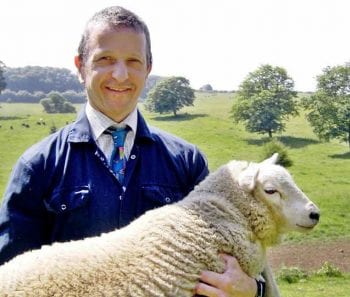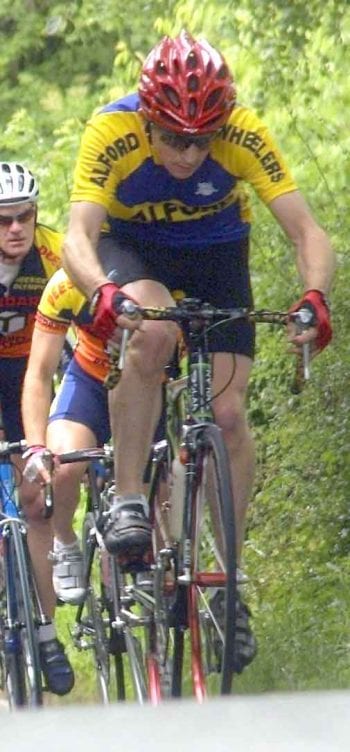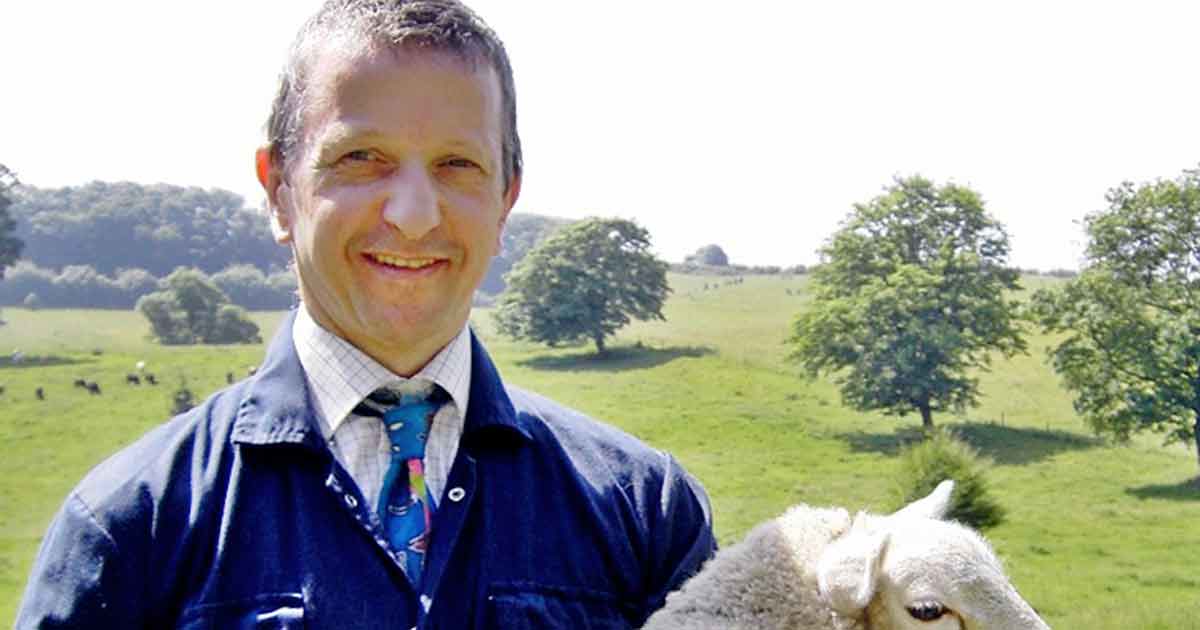Having chosen to be a vet aged eight, I qualified at the University of Liverpool in 1981 and worked in mixed practice for my entire career – firstly in Lancashire, then in Lincolnshire where I have lived since 1989.

As a student, I initially walked to lectures or endured the driving of a friend in his old NSU car. I still remember your driving, Andy – I think it has scarred me for life.
When walking, I watched others cycle past and thought it seemed a better way to travel. Some window shopping followed – and at Christmas during my first year, my parents bought me the Free Spirit bicycle I desired. Little did anyone realise how that decision would change my life.
Having not cycled for years, it was, initially, rather tough. I was not very fit, having only occasionally played football when I confused enthusiasm with skill. May I now belatedly say sorry to my faculty teammates.
However, by choosing to cycle everywhere – and with Liverpool built on a slope – I had found an activity more suited to me and discovered a competitive side I never knew existed. When friends travelled by bus, or drove, I always wanted to arrive first. This soon became an addiction to the endorphins from cycling.
My rides became progressively longer – culminating in my choice to cycle the 96 miles back home to Leeds, which, at first, I did on orange juice and jam sandwiches.
Weekly races
After qualifying, my first job was in a two-person practice in Ribble Valley, Lancashire. Fortunately, the local bicycle shop was only 200m away and I was a regular visitor, learning about the local sport.
Never being short of overconfidence, weekly racing on Tuesday evenings became the norm. I had simply made the choice to spend the time and effort on training and racing, because I enjoyed every minute of concentrating on something other than diagnosis, prognosis and therapies – plus meeting people in a non-veterinary situation. This was not easy because the rota was one-in-two nights and weekends, but worth the effort. As many of us no doubt find, the working hours impose heavily on our hobbies and pastimes.
Moving across to Burnley, I joined a new club and, again, discovered a local weekly race event near Clitheroe. When a holiday was due, it was inevitable I chose cycling holidays – going to Spain, the French Alps and Corsica. Cycling took me to many places I would, otherwise, not have visited. Unfortunately, another place was the intensive care ward at Hull Royal Infirmary in 2012.
I was lucky to have kind bosses and able to use every available opportunity to ride. My racing rapidly became progressively more important – I was racing on Saturday afternoons near Lancaster, then driving there again on Sunday mornings to race some more. The intense physical effort of training and racing was invaluable as my stress-buster, and I recommend it to anyone. Having a complaint from one chap – who claimed I had transplanted a new head on to his bitch when I neutered her – seemed odd at first, but I found myself laughing about this while training. This pattern continued after moving to Lincolnshire, where I built up a new circle of friends outside of the practice and I was again racing regularly.
A special year for me was 1991, when I made three very important choices – I married, became a partner in the practice and rode from Land’s End to John O’Groats in a team relay for charity that set a Guinness World Record.
A great year of racing followed in 1993, but tendinitis from poor technique brought this to a temporary halt in 1994. After successful surgery in 1995, I was racing three months post-operation – setting a personal best in my first event. I was hooked.

My “racing career” never looked back after this – I continued with hardly a break until 2008, when the development of profound anaemia, caused by rheumatoid arthritis (RA), made cycling 500m a huge challenge. Fortunately, the RA did not stop me working, but certainly made delicate operations more challenging. I was prescribed hugely expensive biological therapy for RA, which acted like a silver bullet, and all of my symptoms cleared within three weeks. I resumed cycling seriously once more – not a difficult choice.
Crashing down
By spring 2012, I was able to ride 10 long-distance challenge rides; sportives of between 100 miles and 120 miles around the country. Additionally, I cycled 110 miles to (and from) the Sheep Veterinary Society’s conference in Harrogate. The year was turning out well.
These non-competitive sportives proved good training – and in July 2012, I rode in my first bunched race for many years, achieving my best (and only) placing for 10 years. Alas, two weeks later, at the next event, it all came to an abrupt halt.
I have no recollection of what happened, but it is highly likely that, in a group of more than 80 riders going down a slight gradient at between 30mph and 35mph, I touched a wheel – that is, my front wheel touched the rear wheel of the bicycle in front, and down I went. Five metres further on, and I would have landed on grass and mud. Instead, I crashed at a farm entrance and my helmeted head hit a kerbstone – causing a basal skull fracture, multiple brain haemorrhages, a subdural haematoma, five broken ribs, a punctured lung and – not doing anything by halves – a broken collarbone.
I was taken to hospital in Grimsby and, after an immediate CAT-scan, was rushed under blue lights to Hull’s specialist neurological unit. My wife, Annika, was collected from her own community nurse leaving do to accompany me. At Hull, she was told I probably would not survive, but I must have been too stubborn to die. After being in an induced coma for about a week, I was sent to the neurological ward where I later awoke.
It would be wrong to not mention the first thing I remember after waking up on the ward – my consultant, Gerry O’Reilly, sitting next to the bed, checking up on me. After asking how I felt, he asked what I was like as a person and what I wanted to do in the future. All I could say was: “I am quite stubborn and do not give up easily. All I want to do is get back on my bike.”
Mr O’Reilly responded: “It is useful if my patients are stubborn.” To his credit, he added: “If you want to get back on your bike, I’ll get you there.” He did not say “don’t be daft, you cannot even stand up at the moment” – for which I later told him he was my hero.
- In part two, Julian discusses some of the challenges he overcame to return to cycling.
This perseverance led to a fifth-place finish in his category in the second round of the National Paracycling Circuit Race and Time Trial Series, held near Chester on 28 April. For this, he was awarded 16 Union Cycliste Internationale para-cycling points, which are used for seeding purposes.
He said: “Never in my life – before or after headbutting the road in 2012 – did I expect to achieve this. It is extremely pleasing to have done so.”
The next round will be held in June.
